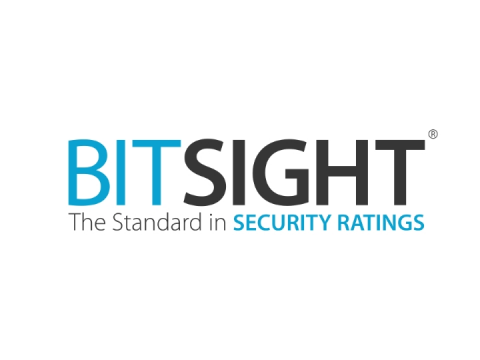A Risk Managers Guide to the General Data Protection Regulation (GDPR)
Risk managers in particular have a vested interest in ensuring their organisations are prepared for the GDPR—which is why we created this guide. In it you’ll find:
Helping Breach Response for GDPR with RSA Security - Addressing the Ticking Clock of GDPR Compliance
 pdf
(2.20 MB)
pdf
Download
(2.19 MB)
pdf
(2.20 MB)
pdf
(2.20 MB)
pdf
Download
(2.19 MB)
pdf
(2.20 MB)
Globally, organizations are actively assessing the impact of GDPR on their business and data privacy and management operations. The deadline of May 2018 is looming, and any organization collecting PII of EU residents needs to work through the deployment of additional processes, policies and technologies to avoid the significant fines posed by the regulation.
Helping Address GDPR Challenges with RSA Security
By taking a holistic approach to GDPR compliance, organizations can better understand information security-related risk, how to prioritize investments to more effectively manage risk, establish accountability for risk management, and more quickly respond to identified gaps in the information security control framework.
Helping Prepare for Risk Assessment & Compliance Challenges for GDPR with RSA Security
 pdf
Download
(2.18 MB)
pdf
pdf
Download
(2.18 MB)
pdf
(2.18 MB)
Globally, organizations are actively assessing the impact of the GDPR on their business and data privacy and management operations. The deadline of May 2018 is looming, and any organization doing business in the EU or processing PII from EU residents needs to working through the deployment of additional processes, policies and technologies to avoid the significant fines posed by the regulation.
Helping Address Data Governance for GDPR with RSA Security
Organizations must protect PII in a number of different ways, and must be able to demonstrate due diligence in keeping records of processing activities, including the categories of personal data processed, the purposes of processing, categories of recipients of PII, transfers to third countries, and the relevant technical and organizational security measures, as well as ensuring that only authorized users have access to the data.
Get Going with your GDPR Plan
Are you ready? General Data Protection Regulation (GDPR) enforcement begins May 2018. Don’t get derailed by last-minute planning efforts. Start making moves today to protect data against breaches and ensure data privacy—or face the threat of huge fines.
A CISO’S Guide to Preparing for GDPR Compliance
This guide is for CISOs who want to understand whether their companies will be impacted by the new regulation, what the effects might be, and steps their teams could take to prepare for GDPR data security requirements.
HPE SecureData for Hadoop and IoT
Hadoop is a unique architecture designed to enable organizations to gain new analytic insights and operational efficiencies through the use of multiple standard, low-cost, high-speed, parallel processing nodes operating on very large sets of data. The resulting flexibility, performance, and scalability are unprecedented. But data security was not the primary design goal.


















